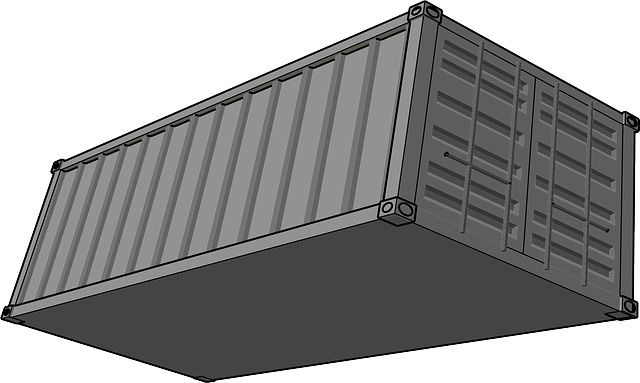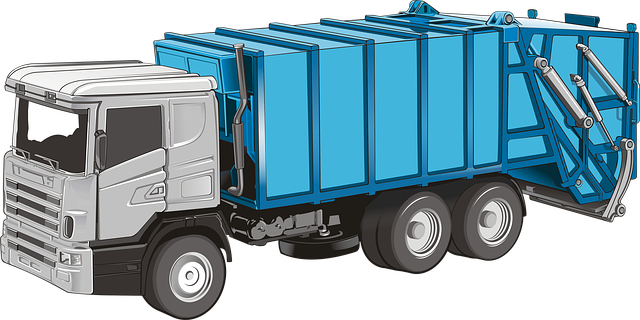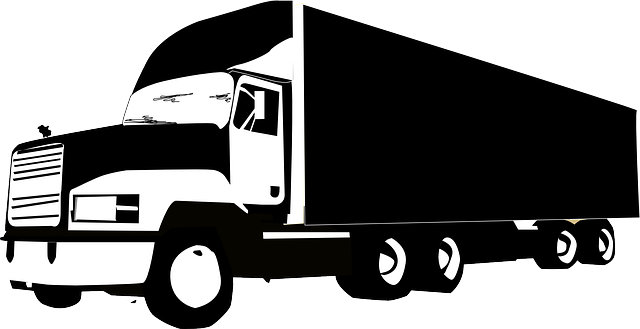Fleet risk management is a strategic approach that leverages advanced technologies like telematics, AI, GPS, and IoT to enhance trucking business efficiency, profitability, and safety. By collecting and analyzing real-time data, it enables proactive measures such as monitoring driver behavior, scheduling maintenance, and optimizing routes. This comprehensive strategy not only reduces costs and promotes sustainability but also fosters a culture of responsible driving through comprehensive risk assessments and driver training. Effective fleet risk management combines safety technologies with driver training to minimize risks and enhance overall operational excellence in the digital age.
In today’s demanding transportation landscape, comprehensive coverage for truck fleets is paramount. This article offers a deep dive into fleet risk management, providing a holistic view of identifying and mitigating risks that can significantly impact operations. From assessing safety challenges unique to trucking to leveraging technology for real-time insights, we explore proven strategies. Learn how effective safety measures, targeted training, and innovative tech solutions empower fleet managers to enhance efficiency, reduce accidents, and optimize performance.
- Understanding Fleet Risk Management: A Comprehensive Overview
- Assessing and Mitigating Risks for Truck Fleets
- Implementing Effective Safety Measures and Training Programs
- Utilizing Technology for Real-Time Tracking and Data Analysis
Understanding Fleet Risk Management: A Comprehensive Overview

Fleet risk management is a holistic approach that involves identifying, assessing, and mitigating potential risks associated with operating a truck fleet. It’s not just about ensuring vehicle safety; it encompasses a wide range of factors that impact the overall efficiency and profitability of your trucking business. Effective fleet risk management starts with comprehensive data collection, including driver behavior, vehicle maintenance records, and route planning. This data is then analyzed to identify areas where risks may arise, such as high-accident zones or drivers with poor safety records.
By leveraging advanced technologies like telematics and artificial intelligence, fleet managers can gain real-time insights into their operations. These tools enable proactive measures, such as monitoring driver behavior to prevent unsafe practices, scheduling routine maintenance to avoid breakdowns, and optimizing routes to reduce fuel consumption and decrease the risk of delays. Ultimately, a robust fleet risk management strategy not only enhances safety but also drives operational excellence, reduces costs, and fosters long-term sustainability in trucking operations.
Assessing and Mitigating Risks for Truck Fleets

In the realm of truck fleets, effective fleet risk management is paramount for operators aiming to navigate the complexities of modern transportation. Assessing and mitigating risks are critical components of this process, enabling businesses to ensure safe operations, minimize financial losses, and maintain regulatory compliance. By adopting a proactive approach, fleet managers can identify potential hazards such as vehicle breakdowns, driver fatigue, or unsafe road conditions.
Comprehensive risk assessments involve analyzing historical data, conducting regular inspections, and incorporating advanced telematics solutions. These measures help in predicting and preventing accidents, reducing downtime, and optimizing route planning. Through data-driven insights, fleet operators can make informed decisions to enhance overall fleet safety and efficiency, ultimately fostering a culture of responsible driving and operational excellence.
Implementing Effective Safety Measures and Training Programs

In the realm of fleet risk management, implementing robust safety measures and comprehensive training programs is paramount. These initiatives aren’t just about adherence to regulations; they’re a proactive approach to mitigate potential hazards and ensure the well-being of drivers and other road users. By integrating advanced safety technologies like collision avoidance systems and driver monitoring devices, fleet managers can reduce the risk of accidents caused by human error.
Moreover, regular training sessions focused on defensive driving techniques, fatigue management, and emergency response protocols empower drivers with the skills to navigate treacherous conditions and handle crises effectively. This dual approach—leveraging technology and enhancing human skill sets—forms the crux of a comprehensive strategy aimed at minimizing fleet-related risks and fostering a culture of safety within the organization.
Utilizing Technology for Real-Time Tracking and Data Analysis

In today’s digital era, utilizing technology for real-time tracking and data analysis is pivotal for comprehensive coverage and effective fleet risk management. GPS and IoT devices enable continuous monitoring of truck locations, driving behavior, and vehicle performance. This data can be leveraged to identify patterns, predict maintenance needs, and optimize routes, thereby reducing operational risks and costs.
By integrating advanced analytics into fleet operations, businesses gain valuable insights that foster informed decision-making. Real-time tracking allows for proactive response to potential issues, such as unauthorized usage or unsafe driving practices. Moreover, data analysis helps identify areas for improvement in driver training, fuel efficiency, and overall fleet performance, contributing to enhanced safety and operational efficiency.
Comprehensive coverage of truck fleets involves a multi-faceted approach to fleet risk management. By understanding risks, assessing them proactively, implementing robust safety measures, and leveraging technology for real-time tracking and data analysis, companies can significantly enhance their operations’ overall safety and efficiency. Fleet risk management is not just about compliance; it’s about fostering a culture of safety that drives success in today’s competitive trucking industry.
